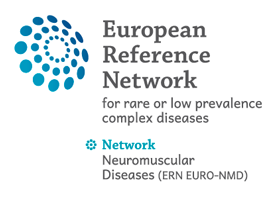04 Oct 2019
Myalgia in myositis and myopathies
Authors:
Glaubitz S, Schmidt K, Zschüntzsch J, Schmidt J
Myalgia is a common symptom of various neuromuscular disorders: myalgia occurs in metabolic muscle diseases, inflammatory muscle diseases, dystrophic myopathies and myotonic muscle disorders. Myalgia leads to a significantly reduced quality of life. Other muscular symptoms that are present along with myalgia often provide the clue towards a diagnosis and include weakness, cramps and myotonia as well as the type of pain. In addition, extramuscular symptoms like an erythema in dermatomyositis can lead to the correct diagnosis. Basic diagnostic workup includes a detailed medical history, full neurologic assessment, laboratory tests, EMG and nerve conduction studies. Muscle imaging, genetic testing and muscle biopsy may be required to make a diagnosis. Whenever possible, treatment should aim to improve or correct the underlying cause for myalgia such as inflammation or hypothyroidism. Symptomatic therapy includes different avenues: Myotonia can be treated with mexiletine. Carbamazepine or phenytoin can be used in myotonic syndromes, particularly with muscle cramps. Pregabalin, gabapentin, or amitriptyline can be tried in conditions with myalgic pain. This review summarizes the symptoms, diagnostic strategies, and therapeutic approach in neuromuscular disorders that present with myalgia.

